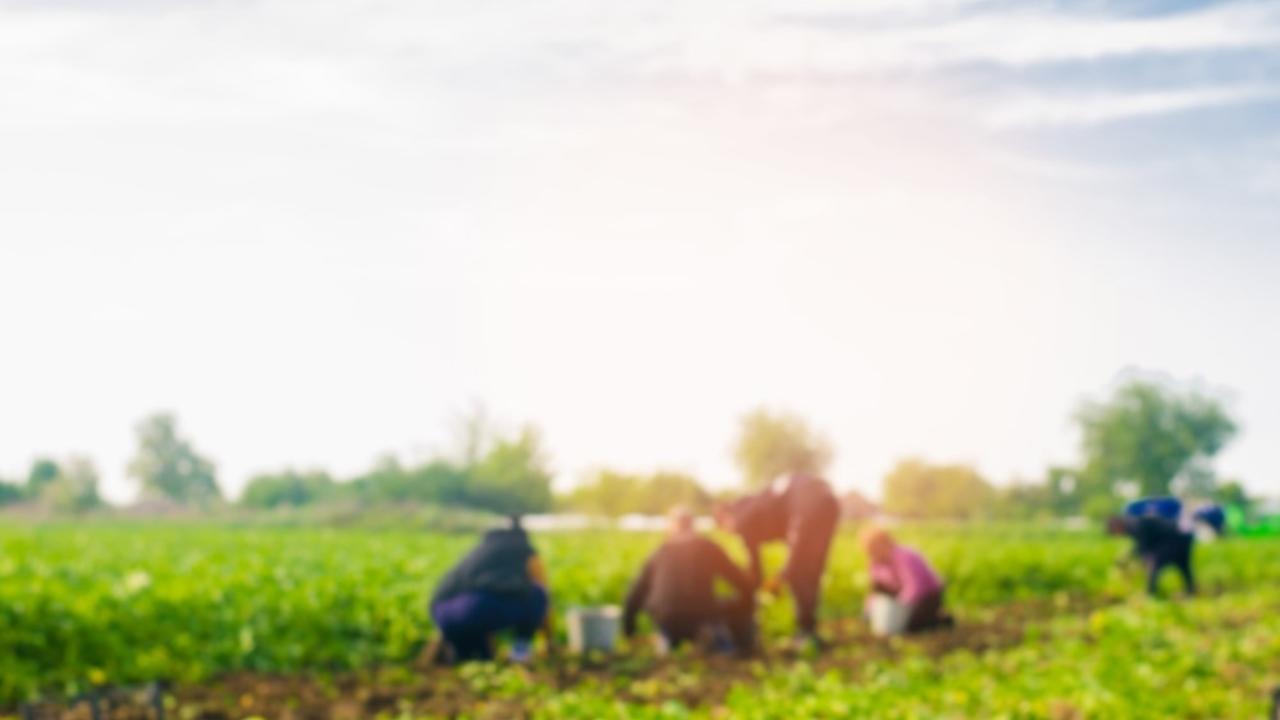Gleaning

Gleaning is the act of collecting leftover crops from a farmer’s field once the crops have been commercially harvested. During the harvesting process, whether it is done by hand or by machine, it is inevitable that some of the food will be missed and left behind in the field. Gleaning may also occur on fields where it is not economically profitable to harvest the crops. This occurs when supply exceeds demand as well as when crops are deemed too “ugly” through the process of cosmetic filtering. Produce that are misshapen, smaller in size, or otherwise visually unappealing are often left behind in the field as they do not meet consumer expectations, and therefore do not produce a profit. Gleaning is considered an act of food rescue, as it allows for the perfectly good leftover crops to be utilized instead of being tilled back into the soil. There are approximately 1.3 billion tonnes of food that is wasted annually on a global level. This translates to around 1/3 of all food that is produced for human consumption. This massive waste of food while millions of people lack adequate access to healthy food is both an environmental and social injustice that gleaning seeks to remedy.
Gleaning has been around for thousands of years as a form of social welfare. It was common for the poor to have access to famer’s fields after the harvest so that they could collect the leftover crops and use them to sustain themselves and their families. The act of gleaning is even referred to in the Old Testament of the Christian Bible where farmers are commanded by God to leave their leftover crops and vineyards untouched so that strangers and those in need may help themselves. This practice, however, is less common today as the agriculture industry has become more regulated and agricultural property has become more private, resulting in the overall decrease of gleaning.
However, this does not mean that the practice of gleaning is fully extinct. Gleaning organizations and programs have been making a comeback! Many farmers across North America and the U.K. have partnered with volunteers from gleaning organizations, which are mainly non-profit and religion-based, in order to reduce food waste and provide community members with tasty and nutritious food. Gleaning has the ability to bring individuals into contact with their local food systems and create personal connections between farmers and their community. If you are interested in volunteering as a gleaner in your community, try seeking out any pre-existing gleaning communities. If there are none, try connecting with your local food banks and soup kitchens and suggest a gleaning project.
You can approach agricultural producers in your area that may be open to participating in a gleaning program. Keep in mind that some crops, such as grains and root vegetables, are better suited to gleaning than highly perishable produce. When considering a gleaning proposal, make sure to consider all aspects of the gleaning process. This includes planning the tools required, collection containers, group size, and transportation and distribution. A well thought out plan will likely increase your chances of developing a successful gleaning partnership!
Gleaning: An ancient custom that may return in the future
Stay connected with news and updates!
Join my mailing list to receive the latest news and updates. Your information will not be shared.

